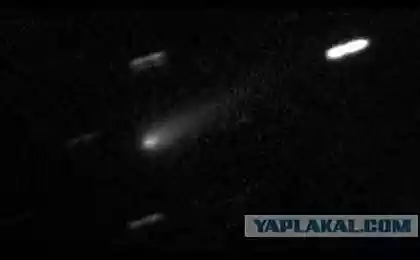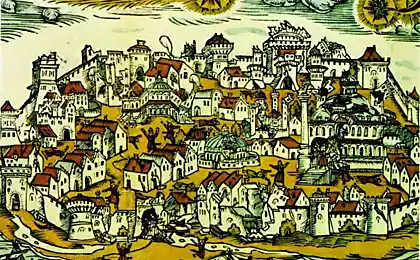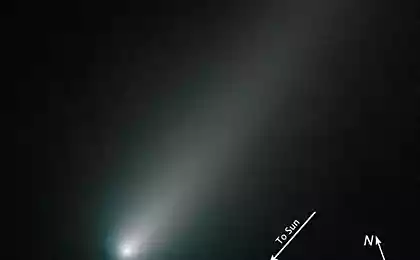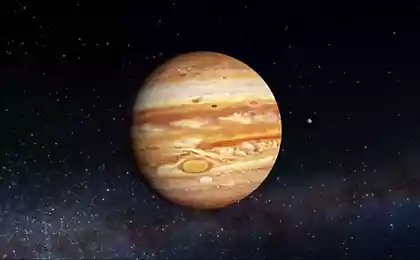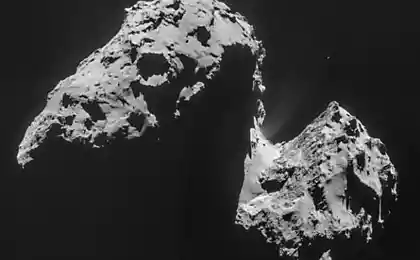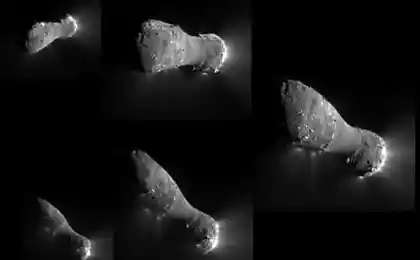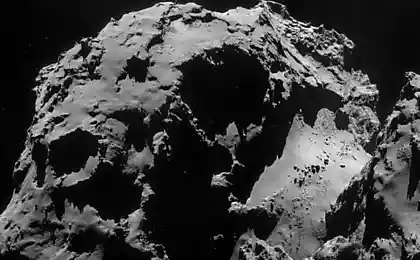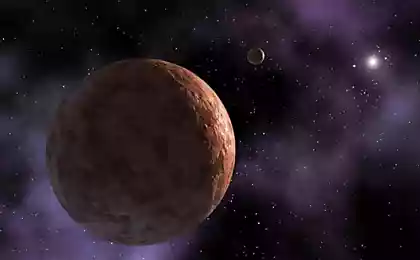450
Foggy organic atmosphere of comets may be the source of life
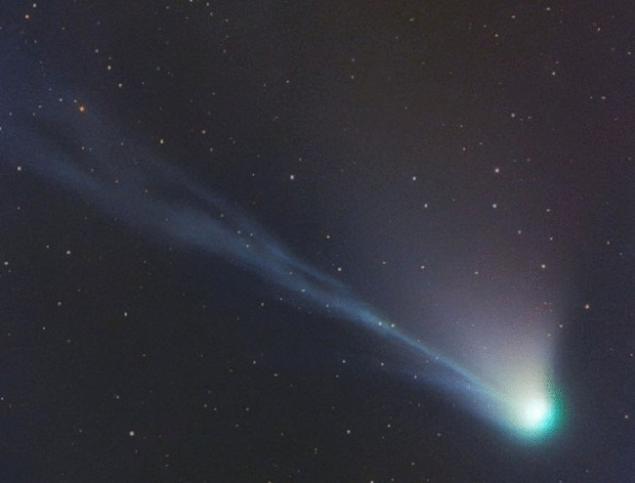
"Understanding organic dust is extremely important because such materials are more resistant to destruction during atmospheric entry, and some may have been delivered safe and sound on the young Earth that resulted in the emergence of life, says Michael Mumma, Director of the Astrobiological center of Goddard and co-author of the work. — These observations open a new window to understanding the poorly known component of cometary organics".
An international team of scientists using the Large millimeter/submillimeter array the Atacama (ALMA) has made incredible three-dimensional images of the ghostly atmospheres surrounding comets ISON and Lemmon. These new observations reveal secrets of the intriguing organic compounds in the clouds of comets.
Comets contain some of the oldest and most pristine materials in our Solar system. Understanding their unique chemical composition can tell a lot about the birth of our planet and the origin of organic compounds that are the building blocks of life. The high-resolution observations at the ALMA Observatory provided an excellent three-dimensional perspective of the distribution of molecules in the atmospheres of two comets, or coma.
"We have reached the first of its kind mapping of important molecules that help us understand the nature of comets," — said the head of the group Martin Cordiner, astrochemist from the Catholic University of America.
Important three-dimensional observation of the ALMA Observatory was made by combining two-dimensional high-resolution images with high-resolution spectra obtained from three important organic molecules — hydrogen cyanide (HCN), hydrogen isocyanide (HNC) and formaldehyde (H2CO). These spectra were taken at each point of each image. They identified not only the molecules present but also their speed, which helped to recreate the third dimension, displaying the depth of the cometary atmosphere.
The new results revealed that HCN gas flows outward from the nucleus equally in all directions, whereas HNC is concentrated in clumps and jets. The resolution of ALMA allowed us to accurately determine these clumps moving into different regions of the cometary coma accurate to hours. It gave to understand that the HNC and H2CO molecules actually form in a coma and bring new evidence that HNC may be produced by breaking large molecules or organic dust.
"ALMA has not only allowed us to determine individual molecules in a coma, but also gave us the ability to determine their location with high accuracy," says Anthony Ramia, one of the co-authors.
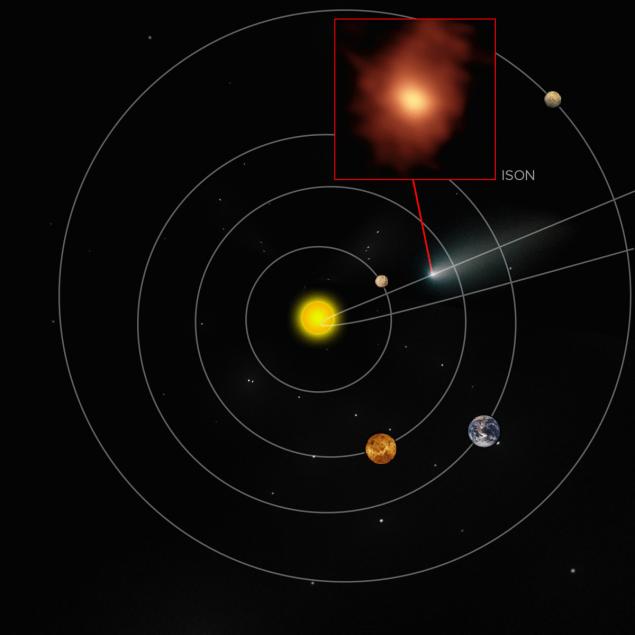
The image above shows the emission of organic molecules in the atmosphere of comet ISON as it saw ALMA.
These observations are also important because modest comets like Lemmon and ISON contain relatively low concentrations of these crucial molecules, making very difficult their study by using ground-based telescopes. Few comprehensive studies of this kind were carried out only on extremely bright comets like Hale-BOPP.
Visualization of three-dimensional distribution of organic molecules HCN in the atmosphere of comet Lemmon.
"The resulting high sensitivity paves the way to monitor the hundreds of dim or distant comets, says Stefanie Milam from Goddard center, is also co-author of the work. These findings suggest that there should also be the ability to display more complex molecules that have so far eluded detection in the comet."published
Source: hi-news.ru
"Map of Treasures" is a program of five intelligence agencies of the world for the surveillance of all existing Internet
Mobile wind power generator, printed on a 3D printer

